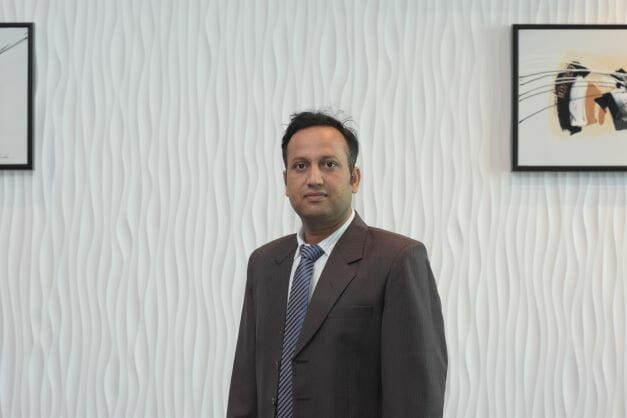By- Prof. Adarsh Kumar Pandey
Research Centre for Nano-Materials and Energy Technology (RCNMET), School of Engineering and Technology, Sunway University
“Discoveries urbanised humans; Invention modernised humans. Now it’s time to think sustainably for tomorrow’s human existence via the use of Sustainable Materials.”
While fossil fuels are a major reason behind the increasing atmospheric temperature, human activities and inventions, including automobiles and electronic gadgets designed for human comfort, are also leading causes of climate change due to the greenhouse gases they emit. To address this growing concern, major research focuses on finding sustainable techniques to harness solar energy to meet the world’s energy requirements.
One such possible technique would be the use of the lesser-known Phase Change Materials (PCM), a thermal management product which has a high potential of mitigating global warming and providing relief for people affected by the summer heat. PCM absorbs their surrounding heat when the temperature rises above their phase transition point, which causes the materials to change from solid to liquid form. Imagine how water changes its state from ice cubes to liquid upon heating. Similarly, these materials change phase on heating and store the heat supplied. The heat energy stored within these sustainable materials can also be re-claimed when needed. Research on these sustainable materials has been carried out for over two decades, and they have also been commercialised effectively recently.
PCM tends to store and regulate temperature at low (20-40°C), medium (50-150°C) and high (150-1000°C) ranges, as per the melting and freezing points. Boards filled with sustainable materials complete with decorative designs can absorb and store the heat from buildings and automobile cabins, thereby balancing the temperature of the locality. PCM-based solar thermal systems, PCM-packed pads for electronics heat dissipation, PCM-coated athletic and sportswear in textiles, and PCM-filled battery thermal systems for e-vehicles are some emerging sustainable systems and commercial products available in the market today.
Space Heating and Cooling
Owing to high energy storage potentials, PCMs are integrated with buildings for both cooling and heating purposes, as these materials help maintain the optimum room temperature within the desirable limit. PCM is gaining popularity in architectural designs as these materials are compact enough to fit within walls, windows, roofs, ceilings and sunshades. Sustainable materials in buildings reduce temperature stratification, shift energy peak demand, and regulate energy consumption in sustaining the thermal comfort of interior spacings. Unlike buildings, these materials also tend to be used in automobile cabins instead of air conditioning units to maintain the optimum temperature, thereby enhancing the fuel efficiency of automobiles.
Solar Energy Systems
A dominant role of this material has been observed in the area of solar thermal systems, as these sustainable materials are suitable for solar desalination units, solar water heaters, solar air heaters, solar cookers, solar parabolic trough reflectors and solar photovoltaic thermal systems. These materials absorb the excess heat during the day in the presence of sunlight and release the stored heat to those above solar thermal systems later in the day. This facilitates the operation of solar thermal applications without solar radiation.
Electronics Devices
About 55% of electronic components face failure due to heat generation. Commercial devices like cooling fans offer heat dissipation but aren’t passive in operation and consume excess power. On the contrary, PCM-filled cooling pads are cheaper, passive, efficient, reliable and non-toxic. The products mentioned above are also noiseless and help reduce electronic gadget failures caused by excessive heat generation.
The thermal energy stored within these sustainable materials can be effectively used for heating applications. Additionally, they are considered the finest “Thermal Energy Storage Batteries” currently in trend. The passive technique of storing heat energy allows the application of sustainable materials within all solar thermal systems, thereby providing solutions both during daylight and after sunset. PCM can also be used for over 4000 thermal cycles, ensuring their durability for at least 10 years. These materials are emerging sustainable solutions for the climate change issues we face and provide thermal energy storage opportunities as they are environmentally friendly and economically cheaper.
“Healthy environmental ambience for the future generation can only be secured by ensuring efficient heat usage and storing technique.”









